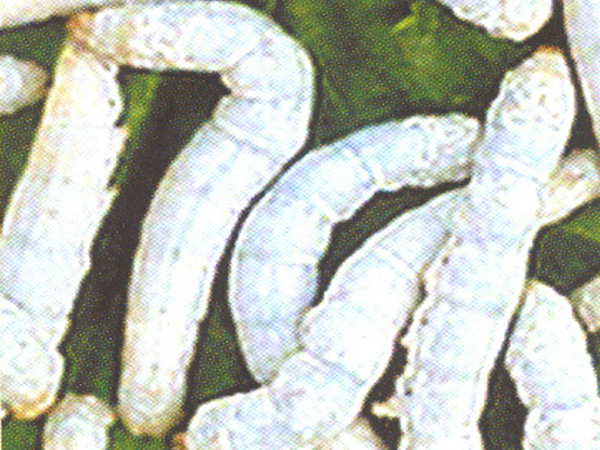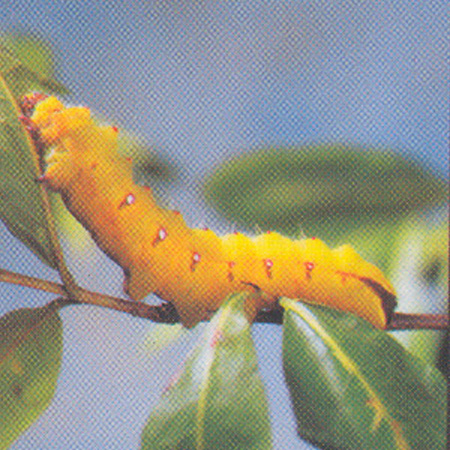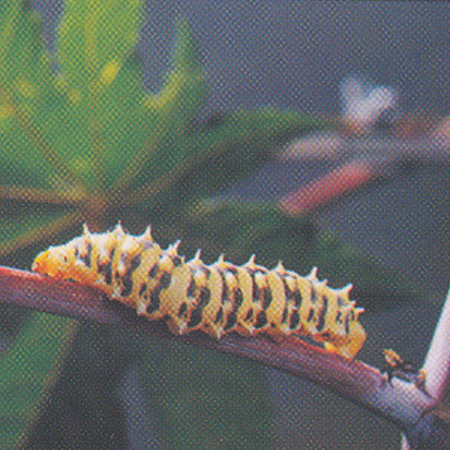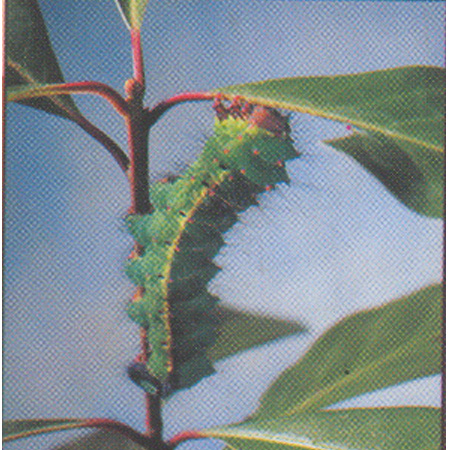Sericulture in West Bengal:
Sericulture, an Agro-based Cottage Industry, is a
traditional rural avocation inWest Bengalproviding employment and livelihood to more than 1 Lakh families who predominantly dwell in rural and semi urban
areas. Sericulture
is also an activity where more than 60% of the work force is women and
consequently a large population of womenfolk reaps the benefit of various
developmental Schemes. The immense potentiality of Sericulture in
reconstructing rural economy and its labour intensive nature necessitated
creation of a separate Directorate under Cottage & Small Scale Industries
Department way back in the year 1975.
Types of Silk:
It is note worthy that all the 4 (four) commercially exploited
varieties of Silk i.e. Mulberry, Tasar, Eri and Muga are being produced in the
State of which Mulberry and Eri Silkworm are domestic (reared indoor) and Tasar
and Muga are wild (Silkworms are reared outdoor on trees). Each of the silk
worm species feeds on leaves of specific food plant as indicated below:
|
Type of Silk
|
Name of Silk worm
|
Name of Host
Plant
|
Distribution
|
|
Mulberry
|
Bombyx mori

|
Mulberry
|
Throughout the state except Howrah &
East Midnapore district.
|
|
Tasar
|
Antheraea mylitta 
|
Arjun, Asan, Sal
|
Bankura, Purulia, Birbhum, Paschim
Midnapore & part of Burdwan.
|
|
Eri
|
Philosamia ricini

|
Castor
|
Jalpaiguri, D. Dinajpur, 24 PGs (N&
S)
|
|
Muga
|
Antheraea assamensis

|
Som, Soalu
|
Coochbehar, Jalpaiguri & Darjeeling
|
Why Sericulture:
-
Agro-based Labour Intensive Cottage Industry with Low Capital Investment & Higher Returns
-
Small Gestation Period, 4-5 Crops can be taken in a year
-
Can be grown on all types of Soil including waste lands
-
Eco-friendly venture with immense utility in afforestation of land and Anti-soil Erosion Programme
-
Silk being a highly valued Textile material, provides higher flow of income from rich to poor
-
Sericulture keeps Rural Population employed in villages and thus checks their migration to town
-
Involvement of more than 60% work force from women-folk
-
Source of earning Foreign Exchequers
Role of
Women folk in Sericulture:
Sericulture
has got some characteristic features which make it an ideal avocation for
women. Firstly, it involves mostly indoor activities with less manual labour
and with flexible hours of work that can be adjusted with house work. Secondly,
silkworm rearing needs motherly care and instinct while reeling and spinning
activities need nimble fingers. Besides, sericulture provides additional income
to help run the family. In fact, women contribute about 60% of the work force
engaged in sericulture.
History of Bengal Silk:
Silk weaving industry in the state of West Bengal, is virtually confined to the district of
Murshidabad and adjacent areas of Birbhum district. As a matter of fact the entire production of
silk fabrics of the state goes by the name of Murshidabad silk.
Bengals Silk Industry is not of recent origin and nobody knows when Mulberry Silk began to be
produced in Bengal but this variety of silk has a history of many centuries as an important rural
industry and was a major item of international trade. Authentic history about it is available from
the beginning of the 18th Century i.e. from the time of East India Co. who had considerable trading
interest in Raw Silk. They started a Silk Reeling factory at Cossimbazar in the District of Murshidabad
for the supply of Raw Silk and they used to supplement their requirements from the local reelers.
The principal defect in the locally reeled Silk was its ununiformity. As early as 1757, the Co. sent
Mr. Wilding, a Silk expert from England to their factory at Cossimbazar to investigate the defects
and devise means for removing these defects.
By 1835, the British East India Co, ran over a hundred filatures in the region and exported about
400 tons of Raw Silk. Later, private companies took over and the export trade boomed till the 1870s,
when because of the epidemic silkworm diseases and technological stagnation, Bengal lost most of its
foreign markets and China and Japan emerged as new major exporters with Raw Silk of better quality.
This marked the commencement of the decline of Bengal Silk industry. In the early 20th century, Bengal Silk
was also pushed out of South Asian markets, especially by Kashmir and Mysore Silk.
After independence, the Government of West Bengal laid much emphasis on Sericulture sector.
The potentiality of Sericulture in reconstructing rural economy and its labour intensive nature
prompted GOWB to create a separate Directorate in the year 1975. At present, there are 62 Basic
Seed Farms, 16 Egg Production Centres (Grainages) & 59 Technical Service Centers throughout
the State under Directorate of Textiles (Sericulture) to serve the Sericulturists.